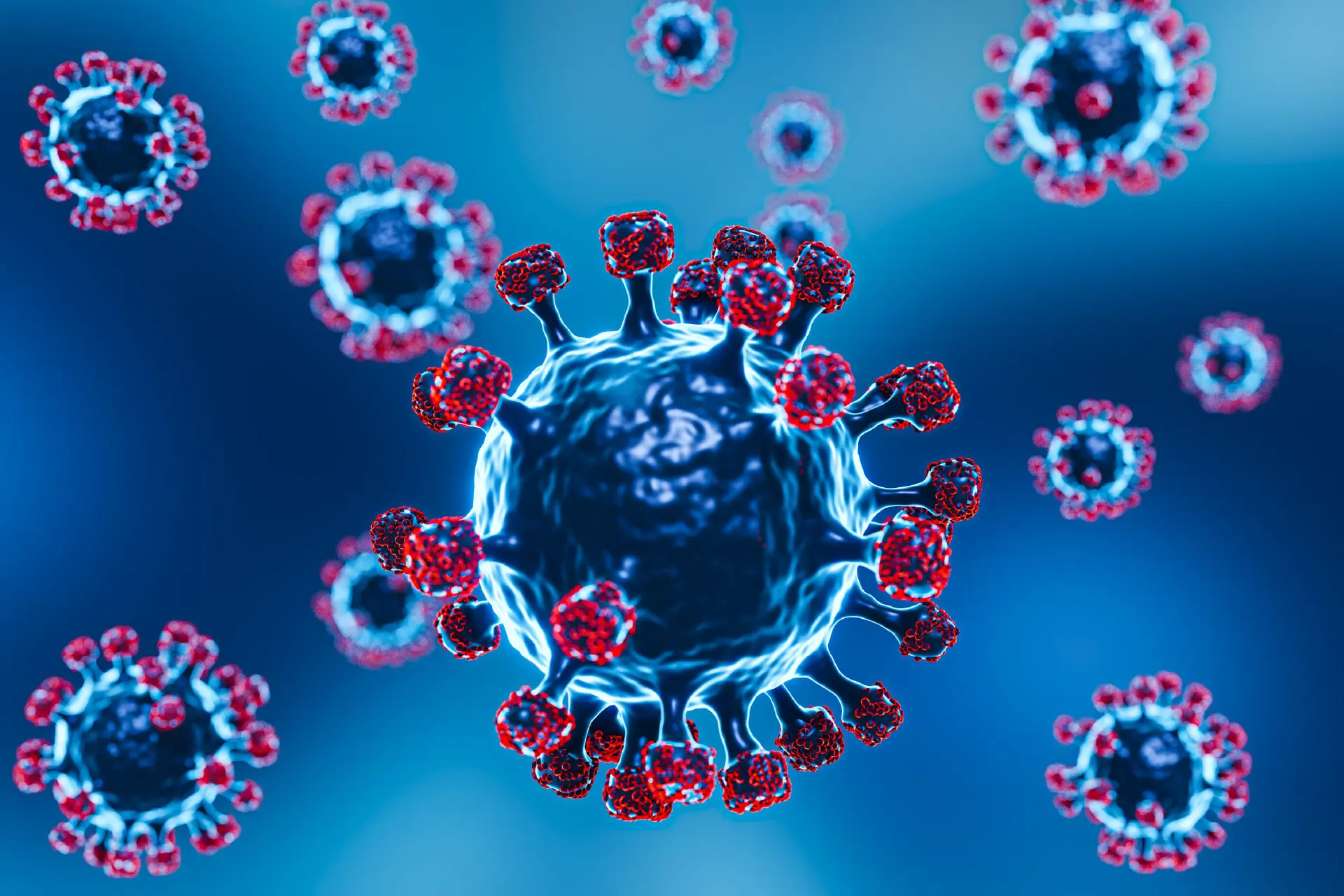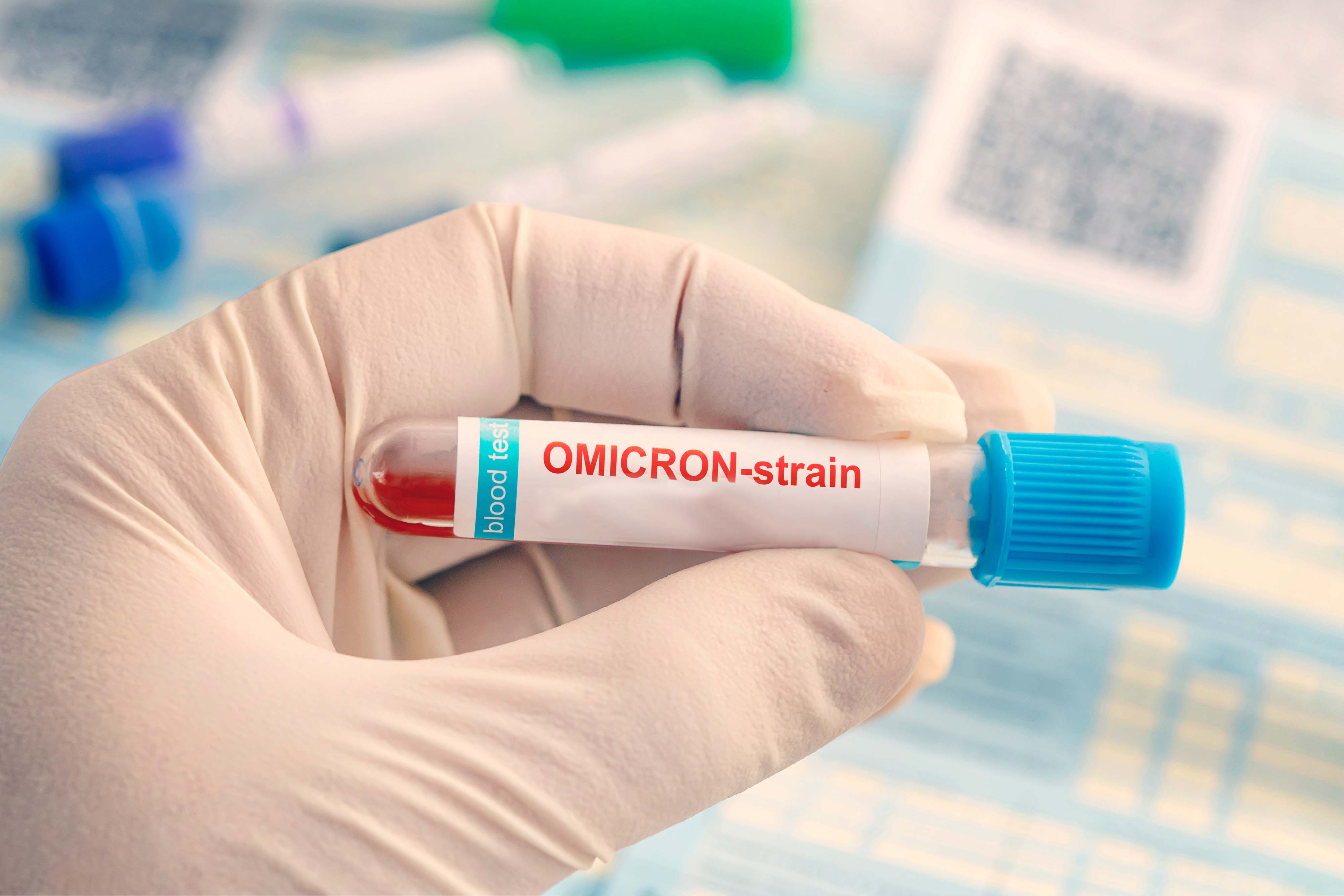Covid | 5 min read
How does Coronavirus Spread? Read About COVID-19 Transmission
Medically reviewed by
Table of Content
Key Takeaways
- Limiting exposure to the virus and preventing its spread is especially important as COVID-19 has proven to be deadly.
- When a COVID-19-positive person talks, coughs, or sneezes, they release virus-laden mucus into the air.
- Understanding COVID-19 transmission is an important first step to doing your part in controlling the spread of the virus
COVID-19 has taken the world by storm, infecting millions. To put it simply, COVID-19 can be spread from person to person and is in fact highly infectious. This is why it is important to ask the question, ‘How does coronavirus spread?’ and have a clear understanding of possible coronavirus transmission routes. With this information, you can understand how to prevent yourself from contracting the virus and help limit the spread if you’re infected. Moreover, a clear understanding also helps you protect your loved ones in case someone in the family or household is infected.
Limiting exposure to the virus and preventing its spread is especially important as COVID-19 has proven to be deadly. Moreover, the presence of asymptomatic cases makes tracking the spread of the disease challenging. Nonetheless, given COVID-19’s serious nature, every insight you can get pertaining to its transmission is important.
Here are the different ways in which COVID-19 transmission takes place.
How does Coronavirus spread?
Close physical contact with carriers
The first and most potent mode of transmission is via physical contact with an infected person. Typically, it is recommended that you maintain a minimum distance of 1-2 metres from anyone exhibiting respiratory symptoms of the virus. These include coughing and sneezing. The infected respiratory droplets can cause you to get infected through your mouth, nose, or eyes. For this reason, you should try to avoid physical interaction and minimise verbal communication as well, as talking can also aid the spread of this virus.
Additional Read: Ultimate guide for Covid-19
Further droplet transmission via coughing or sneezing
When a COVID-19-positive person talks, coughs, or sneezes, they release virus-laden mucus or respiratory droplets into the air. These are the primary source of transmission and generally travel only a short distance. However, some experts believe that even a distance of 1.8m is not necessarily sufficient and that transmission can occur when these large droplets are carried far.
Airborne transmission
‘Is Coronavirus airborne?’ is a common question asked by many and there is data that suggests that it is. While respiratory droplets (>5-10μm) typically settle within 1m of the source, they aren’t the same as droplet nuclei (<5μm) which can travel larger ranges, up to 4m, and remain in the air for longer. In sealed environments, aerosolised virus-laden droplets can be a mode of transmission. A study of transmission concluded that the air conditioner’s strong airflow could propagate its spread in such environments.Additional Read: Critical care measures to take for COVID-19Physical contact with infected pets
Findings have shown that pets, cats and dogs, can be infected with the virus. However, while there is no evidence that pets play a significant role in COVID-19 transmission, this doesn’t mean that it isn’t possible. Household pets have been reported to get infected after coming in contact with a human carrier and the most conservative stance to adopt would be to treat animals as humans. Further, if you own a pet, there are measures you can put in place.
To begin with, practice good hygiene, be it for yourself or for your pet. This means washing your hands before and after handling pet supplies or food. Next, clean your pets and keep their surrounding tidy. Avoid creating potentially infectious environments that could lead to further complications. This is especially important for households with persons having weak immune systems as they are susceptible to germs carried by animals. Lastly, if a pet is infected and is showing signs of an illness, contact a veterinarian. Do not go to a clinic as this endangers others but rather seek telemedicine or other medical options for your pets.
Contaminated surfaces
Besides the chance of being infected through physical contact, one can also contract COVID-19 through contact with contaminated surfaces. This can include any object recently touched by an infected person. For instance, in medical wards, the virus was found mainly on the floor and on the medical staff’s boots as the larger droplets floated to the ground. As a result, the boots could function as carriers of the virus to anyone not infected.
Further, traces of the virus can also exist on other household surfaces and items. In such cases, the virus has a lifespan that lasts a few hours or up to 3 days. Here is a detailed breakdown of the contamination time frame for different materials that may be found in a home.
- Cardboard: up to 1 day
- Plastic: up to 3 days
- Stainless steel: up to 3 days
- Copper: up to 4 hours
For surfaces that you come in regular contact with, like doorknobs or tables, the best way to protect yourself is to disinfect them often.
Understanding COVID-19 transmission is an important first step to doing your part in controlling the spread of the virus. However, in the unfortunate event that you do get infected, it is key that you follow the right protocols.
Finally, while you take note of the various ways in which COVID-19 is transmitted, understand that this is a rapidly-developing field with new insights being gained daily. That said, you can’t do much wrong by following social distancing protocols well!
If you feel any symptoms, don't take chances and consult a medical professional. Find the best doctor for the job on Bajaj Finserv Health. Locate one near you in minutes, view doctors’ years of experience, consulting hours, fees and more before booking an e-consult or in-person appointment. Apart from facilitating appointment booking, the Bajaj Finserv Health also offers health plans for your family, medicine reminders, healthcare information and discounts from select hospitals and clinics.
References
Disclaimer
Please note that this article is solely meant for informational purposes and Bajaj Finserv Health Limited (“BFHL”) does not shoulder any responsibility of the views/advice/information expressed/given by the writer/reviewer/originator. This article should not be considered as a substitute for any medical advice, diagnosis or treatment. Always consult with your trusted physician/qualified healthcare professional to evaluate your medical condition. The above article has been reviewed by a qualified doctor and BFHL is not responsible for any damages for any information or services provided by any third party.





